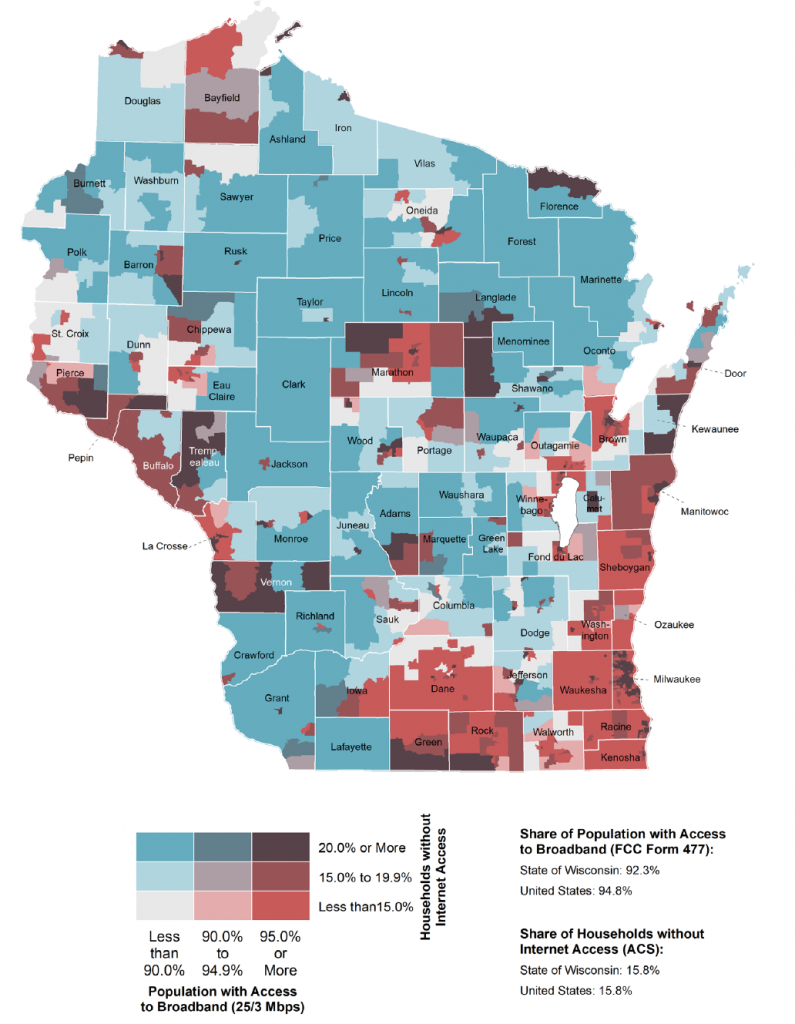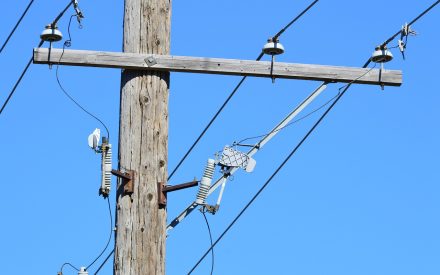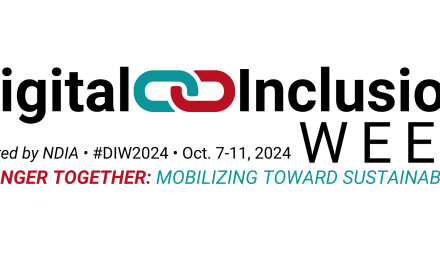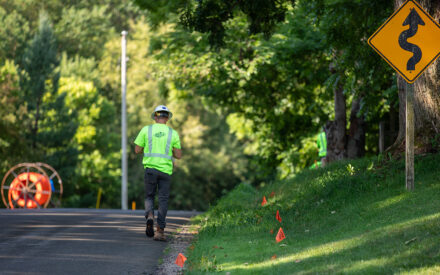Although much of the discussion around broadband expansion is related to building new infrastructure, there is also a need for strategies that improve the adoption of broadband by addressing affordability and spurring demand with educational and training opportunities. Understanding and addressing the reasons why a household chooses not to adopt broadband if it is available will be an important part of capturing the full benefits of broadband expansion.
There are places where Federal Communications Commission data shows that broadband is available, but American Community Survey data shows a high share of households report having no internet access (shown in dark purple in Map 1). One explanation for these seemingly contradictory observations is that households are choosing not to adopt broadband that is otherwise available to them.
FIG 1: BROADBAND INDEX AND PERCENT REPORTING POOR OR FAIR HEALTH IN U.S. COUNTIES
This poses a challenge to broadband expansion, as a simple “build it and they will come” approach is insufficient. Even if households and businesses have the option to subscribe to service, they may choose not to adopt often due to the cost but perhaps also due to personal preferences. In other words, if demand for broadband is low it is difficult to expand connectivity. Low demand can make it more difficult to entice private-sector investment even when Federal programs are in place to support expansion (Humphreys 2019). This makes increasing the take rate, or the share of households subscribing to service, by bolstering demand an important component of strategies to expand broadband, but this likely requires market development.
One of the primary drivers for low adoption is affordability. An analysis by Conroy et al. (2021) indicates that the cost of internet service is a serious barrier for lower-income individuals and households. For many low-income households, basic costs of $40/month can be too great of an expense. Aside from cost, some people choose not to adopt broadband because they do not see the benefit or have the skills to make use of the service. There is mounting evidence that once new users in rural communities, particularly rural businesses, gain access to broadband, they are unaware of how to best use this new resource.
While affordability should be addressed in areas where cost of service hinders adoption, some households may benefit from outreach, education, and adoption strategies. These demand-oriented policies can help demonstrate the value of broadband though local classes that share practical everyday uses of broadband or programs that improve digital literacy. These programs may be especially effective when aimed toward the demographic groups with the lowest adoption rates.
This work was supported by a grant from the United States Department of Commerce Economic Development Administration in support of Economic Development Authority University Center. Any opinions, findings, conclusions or recommendations expressed in this material are those of the authors and do not necessarily reflect the views of the U.S. Department of Commerce Economic Development Administration.


















